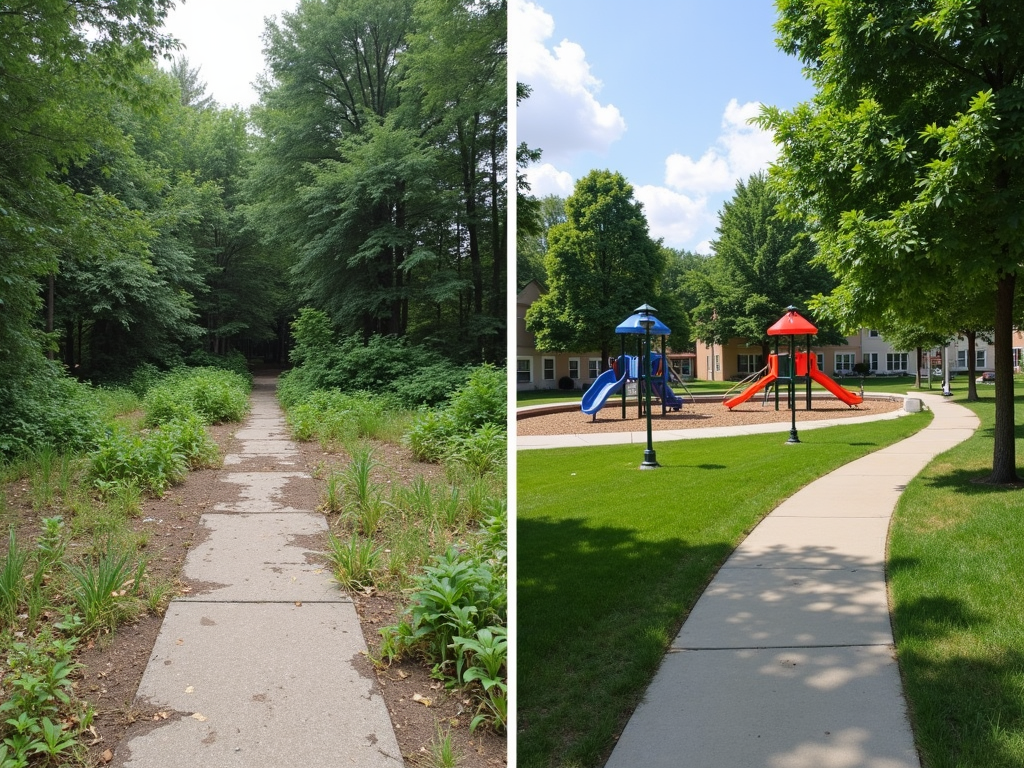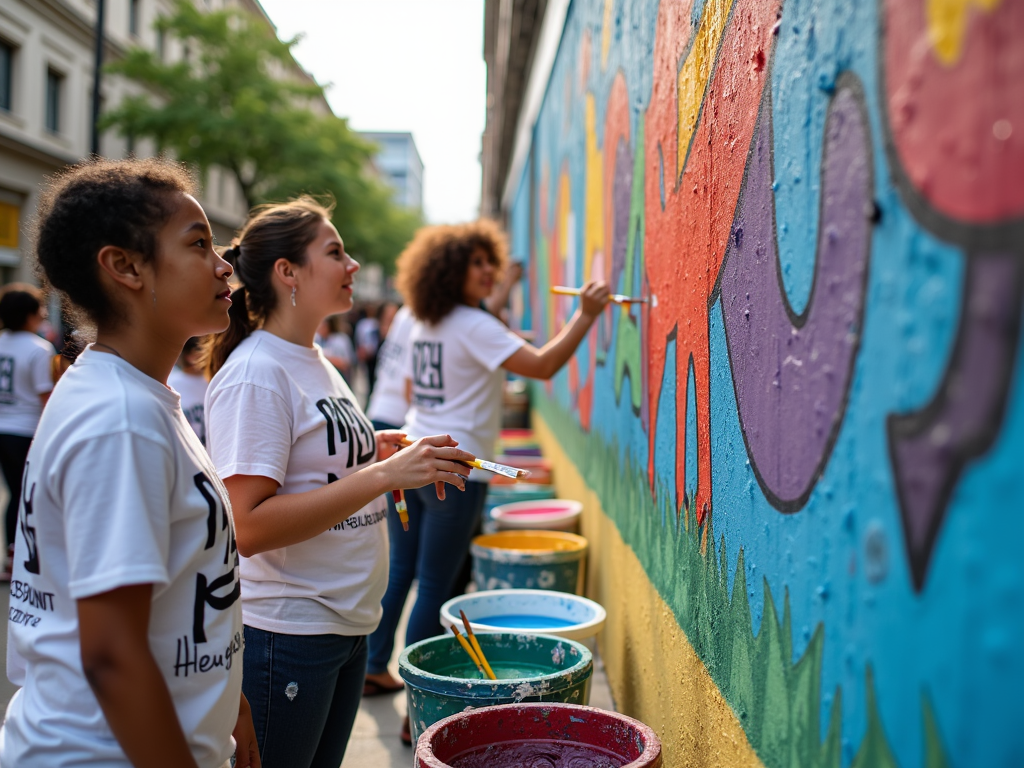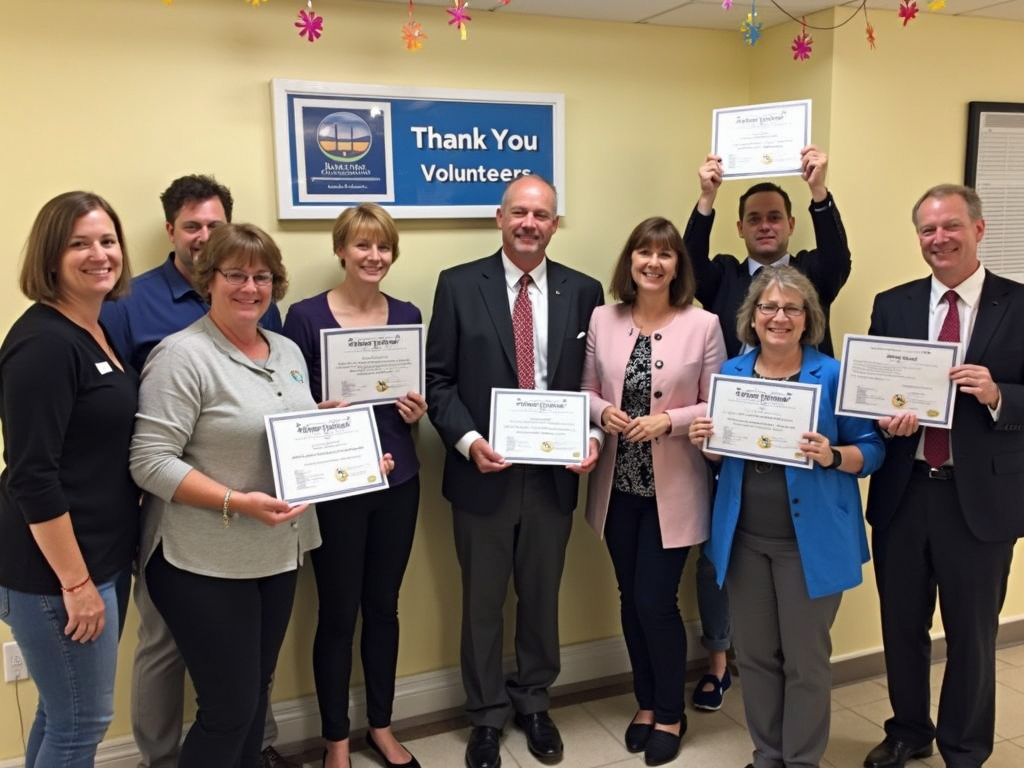Mastering the Basics of Service Learning for Communities
By , March 26, 2025
What is Service Learning?
Service learning is more than just volunteering—it's a powerful teaching method that combines academic instruction with meaningful community service. Imagine students not only learning about environmental science in the classroom but also applying that knowledge by organizing a local park cleanup. This hands-on approach helps students connect theory to practice while making a real difference in their communities. Service learning fosters a sense of civic responsibility, builds essential life skills, and strengthens community ties. Whether it's tutoring younger students, assisting in local shelters, or launching sustainability projects, service learning empowers students to become active, engaged citizens. By integrating education with action, it creates a win-win scenario: students gain practical experience, and communities benefit from their contributions.

Why Service Learning Matters for Communities
Service learning is a game-changer for both students and communities. For students, it transforms education into a dynamic, real-world experience. Instead of just reading about social issues, they're out there solving them—whether it's building affordable housing or mentoring at-risk youth. This not only deepens their understanding but also hones skills like leadership, teamwork, and problem-solving. Communities, on the other hand, gain fresh perspectives and energy to tackle local challenges. Imagine a neighborhood where students help revitalize a rundown playground or launch a food drive for families in need. These projects don't just address immediate problems; they inspire long-term change and foster a culture of giving back. Service learning bridges the gap between education and action, creating stronger, more connected communities.

How to Organize a Community Service Event: A Step-by-Step Guide
Organizing a community service event might seem daunting, but with the right approach, it can be a rewarding experience for everyone involved. Here's how to get started:
-
Identify Community Needs: Start by talking to local leaders, nonprofits, or residents to understand what issues matter most. Is there a need for environmental cleanups, educational support, or health initiatives?
-
Partner with Local Organizations: Collaborate with schools, nonprofits, or businesses that share your goals. They can provide resources, volunteers, or expertise to make your event a success.
-
Plan the Logistics: Choose a date, location, and scope for your event. Make sure to secure any necessary permits, gather supplies, and create a clear schedule. Don't forget to assign roles to your team—someone to handle registration, another for publicity, and so on.
-
Recruit Volunteers: Spread the word through social media, flyers, or local newsletters. Be clear about the event's purpose and how volunteers can make a difference. Offering incentives like certificates or community service hours can also boost participation.
-
Execute and Evaluate: On the day of the event, ensure everything runs smoothly by having a clear plan and backup options. Afterward, gather feedback from participants and the community to measure impact and identify areas for improvement.
By following these steps, you'll not only create a successful event but also inspire others to get involved in service learning.

Overcoming Challenges in Service Learning
While service learning offers incredible benefits, it's not without its hurdles. Here are some common challenges and how to tackle them:
-
Funding: Service projects often require resources, from materials to transportation. Solution: Seek grants from local businesses, government programs, or crowdfunding platforms. You can also partner with organizations that can donate supplies or services.
-
Time Constraints: Balancing service learning with academic schedules can be tricky. Solution: Integrate service projects into the curriculum so that they align with learning objectives. This way, students can earn credit while making a difference.
-
Stakeholder Resistance: Some educators or community members might be skeptical about the value of service learning. Solution: Communicate the benefits clearly—share success stories, data on student engagement, and community impact. Involve skeptics in the planning process to build buy-in.
-
Logistical Issues: Coordinating volunteers, securing locations, and managing supplies can be overwhelming. Solution: Create a detailed plan with timelines and assign specific tasks to team members. Use project management tools to stay organized.
By anticipating these challenges and having solutions ready, you can ensure your service learning project runs smoothly and achieves its goals.

Real-Life Success Stories in Service Learning
Service learning has transformed communities across the globe. Here are a few inspiring examples:
-
Urban Revitalization in Detroit: Students from a local university partnered with residents to turn vacant lots into thriving community gardens. This not only beautified the neighborhood but also provided fresh produce to families in need.
-
Literacy Programs in Rural India: In a small village, high school students taught basic reading and writing skills to children who lacked access to formal education. The project boosted literacy rates and empowered the next generation.
-
Environmental Cleanup in California: A group of middle schoolers organized a beach cleanup, removing over 500 pounds of trash. Their efforts raised awareness about ocean pollution and inspired local businesses to adopt eco-friendly practices.
These stories show that service learning isn't just about short-term projects—it's about creating lasting change. Whether it's addressing food insecurity, education gaps, or environmental issues, service learning empowers students to be the change-makers their communities need.

Conclusion: The Power of Service Learning
Service learning is more than an educational tool—it's a catalyst for community transformation. By blending academic learning with real-world action, it equips students with the skills and mindset to tackle society's biggest challenges. From revitalizing neighborhoods to fostering inclusivity, the impact of service learning ripples far beyond the classroom. If you're looking to make a difference, start small: identify a local need, gather a team, and take that first step. Remember, every great change begins with a single act of service. So, why not be the one to spark that change in your community?